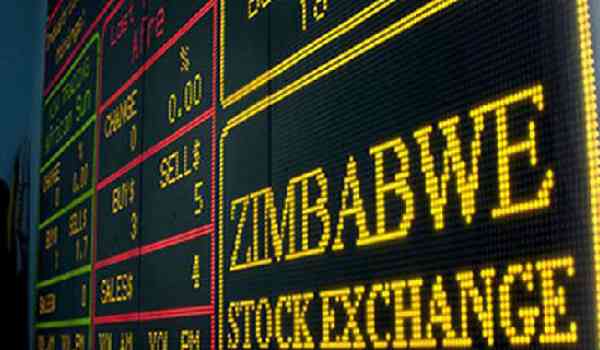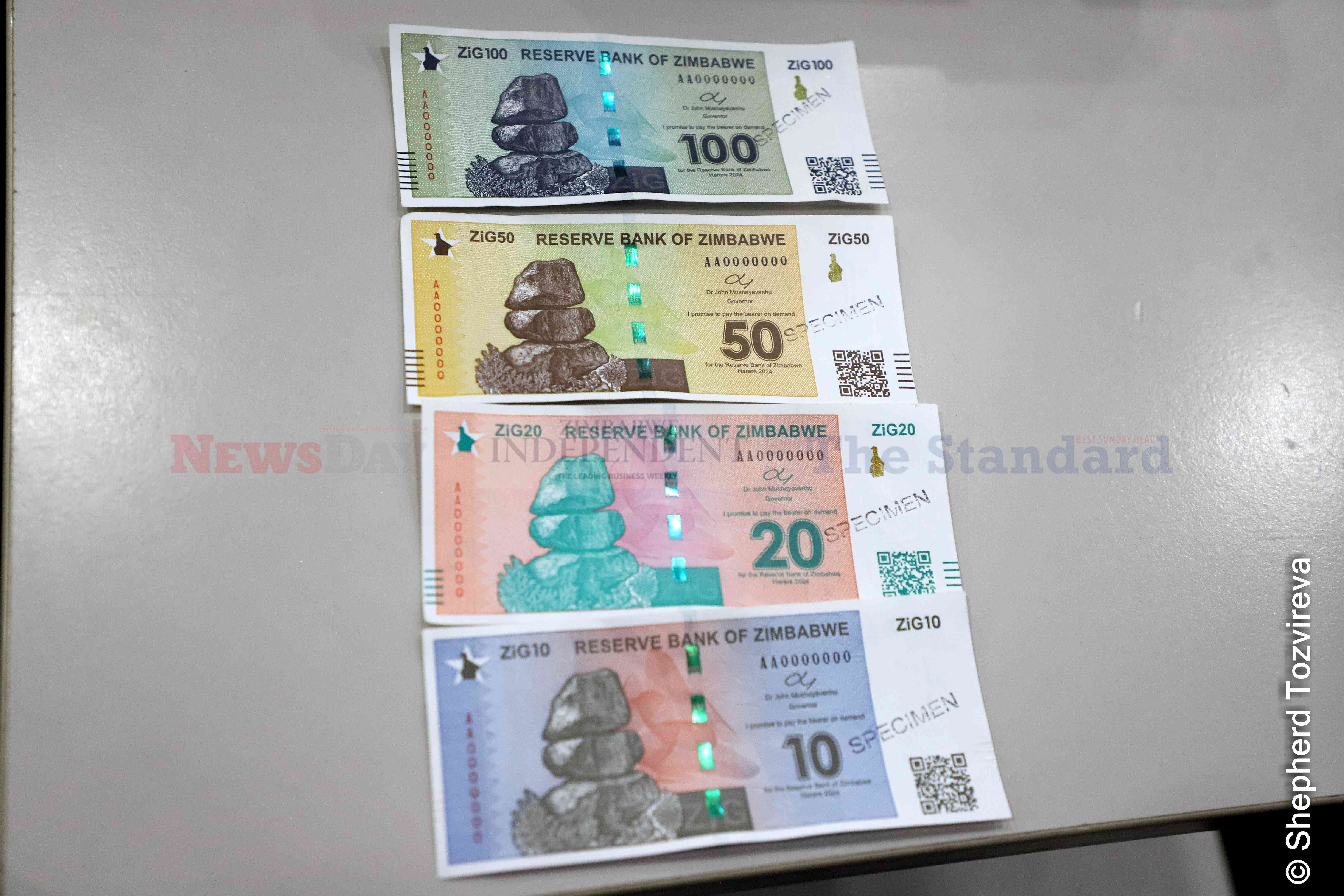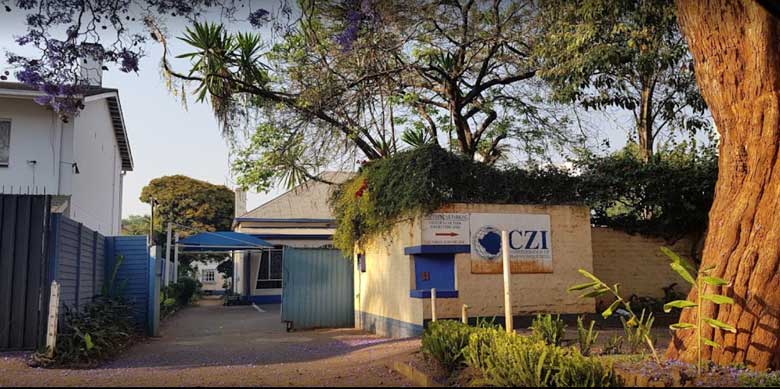
THE Zimbabwe Stock exchange (ZSE) says the operationalisation of a commodities exchange trading in base and precious minerals is near completion with its launch expected by year end.
ZSE recently revealed that the ministry of Finance and Economic Development and Mines and Mining Development had reached the final draft in terms of rules to be considered for a minerals only trading bourse.
This comes as the ZSE has seen its market capitalisation lose nearly 21% of its value, in real terms, to end the first half of the year with a valuation of US$2,43 billion from US$3,07 billion at the start of the period.
The loss is attributable to the massive depreciation of the local currency that fell by over 50% during the period.
By trading minerals, the country’s largest source of foreign currency, actualising this commodities exchange will increase forex inflows into the local bourse and bring increased investment into the sector.
“The framework for the commodities exchange is reaching finality as the final draft rules are being reviewed,” ZSE said in its 2022 annual report released recently.
“Several workshops were held and key stakeholders including the Attorney General’s Office, ministry of Finance and Economic Development (MoFED), ministry of Mines and Mining Development, Minerals and Marketing Corporation of Zimbabwe attended the workshops.”
ZSE said that the workshops received buy-in from the different stakeholders groups that includes Zimbabwe Mining Federation and Zimbabwe Ferrochrome Association.
- Assets requirement headache for insurers
- $6.8bn govt funds saga raises dust
- Assets requirement headache for insurers
- $6.8bn govt funds saga raises dust
Keep Reading
“The recommendations will be submitted to the MoFED and the ministry before the end of Q3 2023 (third quarter of 2023).
“We are optimistic that the government is looking forward to a trade base and precious minerals on the commodities exchange before the end of 2023,” the ZSE said.
Gold, platinum group of metals (PGMs), diamonds, nickel, chromium, coal, lithium, and even black granite are just some of the major minerals mined in Zimbabwe.
Asbestos, iron ore, tungsten, and graphite are also present in the country, although none of them are being mined.
Phosphate, semi precious stones (aquamarine, ruby, amethyst, emeralds), tantalite, manganese, vermiculite, limestone, mica, and a few more minerals are among the country’s minor mineral endowments.
The ministry is attempting to transform the mining sector into a US$12 billion economic contributor by the end of year.
“The mining sector is projected to exhibit the fastest growth in 2023 at 10.4% growth (10% in 2022) underpinned by increase in investments, especially in exploration, mine development and mechanization,” local financial services firm IH Securities said, in analysing the mining sector.
“Steps being taken to turn the sector into a US$12 billion industry by end of the year include a push to beneficiate minerals before exporting as has been the case with legislation on lithium banning the export of unprocessed ore.
“Capacity utilisation for the mining sector in 2023 is forecasted to improve to 84% from the current 81%.”
IH Securities said PGMs are expected to retain 100% capacity utilisation whilst the gold sub-sector is expected to improve utilisation levels from 85% to 87% as per the Chamber of Mines of Zimbabwe.
“Downside risks to the sector include headwinds for international commodity prices, high-cost structures in the absence of reliable power supply and a fluid policy environment.”
The mining sector generates 13% of Zimbabwe’s gross domestic product, 60% of exports, and attracts 50% of the total foreign direct investment brought into the country.
Over the past two years, due to the ministry's attempt to make the sector a US$12 billion economic contributor, Zimbabwe's mining sector has experienced increased legislative changes and high hard commodity prices.
Sector growth increased from 5,9% in 2021 to 10% in 2022.
However, the Chamber of Mines of Zimbabwe has reported that mining capacity utilisation in 2022 increased by only one percentage point to 81% owing mostly to power cuts.










